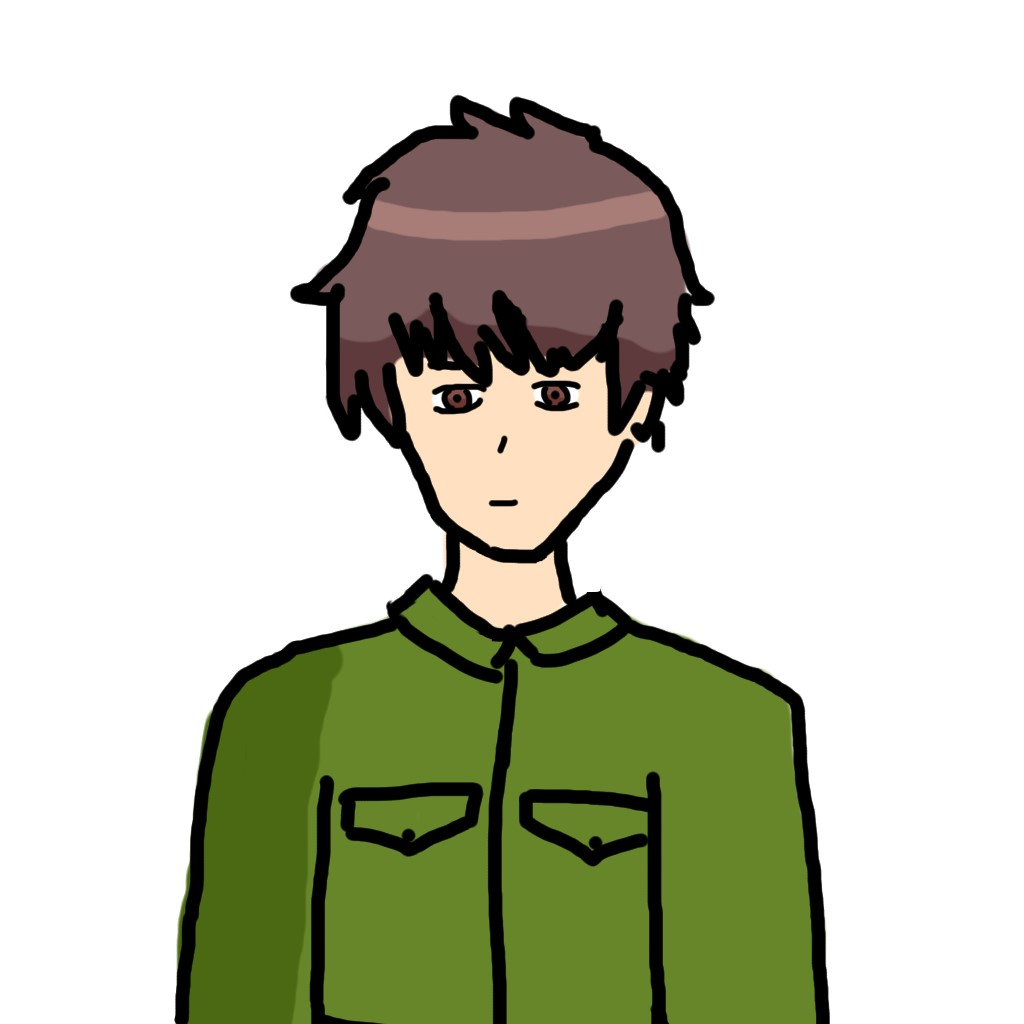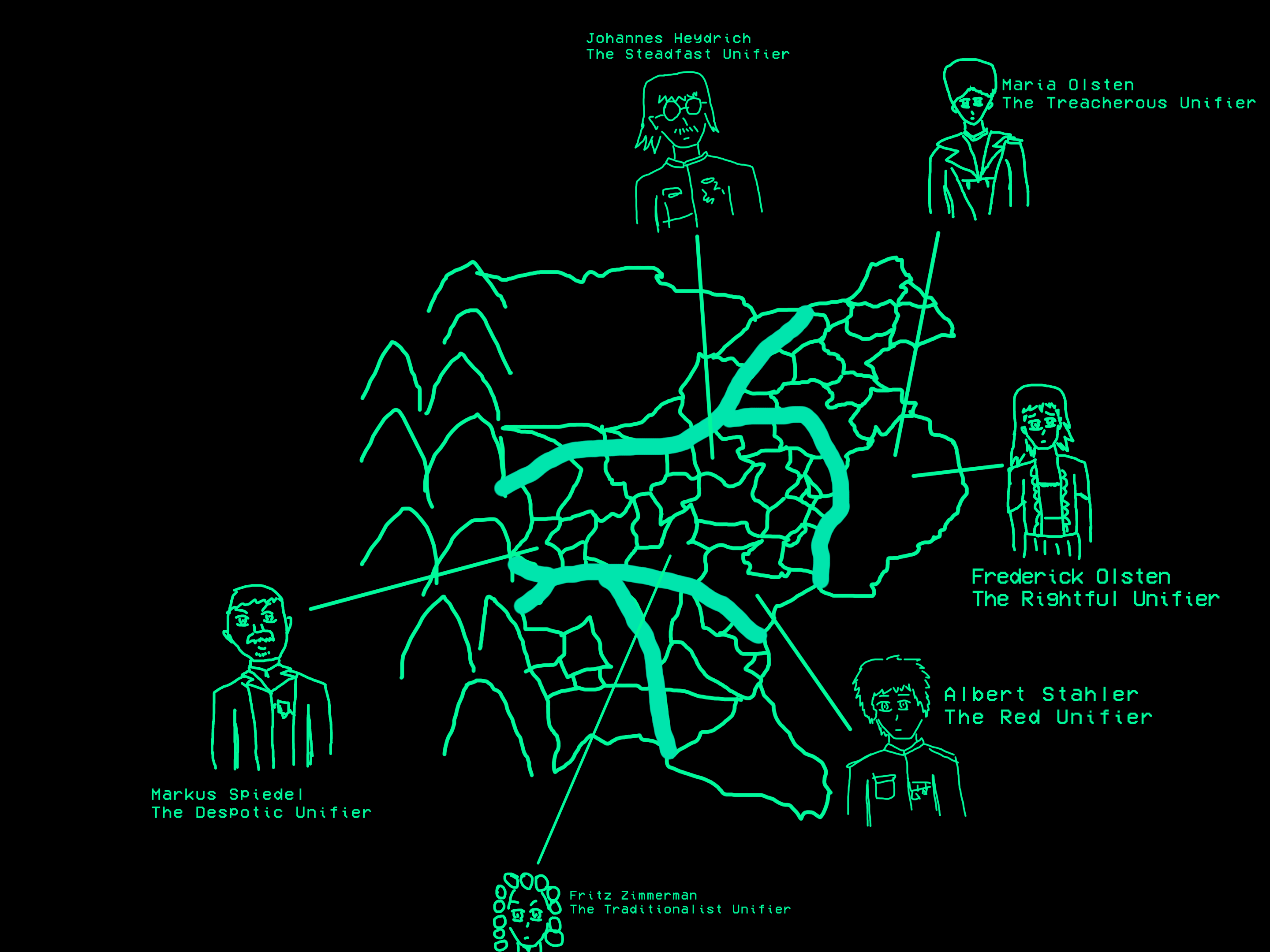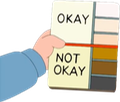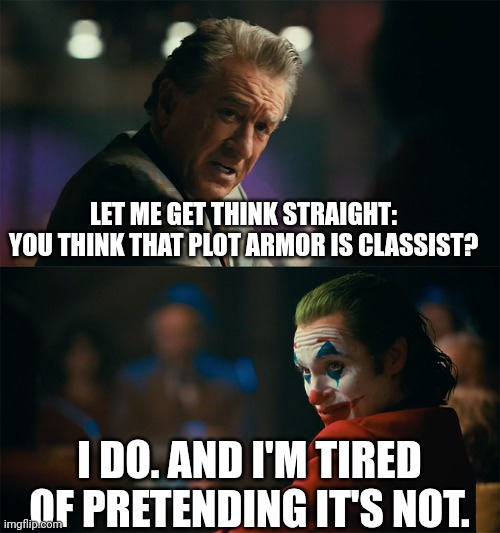The living memory of Saerdastia is one of war and revolution, cataclysm and plague and famine, great upheavals, genocide, unrest, and incredible wonders unlike any seen by prior generations. The youth of today, those born after the establishment of the Age of Peace, do not recall the cruelty and folly of the nobles, their short-sighted and petty ambitions, the horrors of the great wars that followed, the hunger, the chaos, the rage, the despair. They are told to remember those who paid the price of mortal ambition, and who paved the way for the time of plenty and stability they know now, but it's different, remembering, rather than simply seeing it in a mirror.
The simple times before, messy though they were, were slow-paced and predictable. The rich hoarded their riches, wars were waged, crops were grown, trade and commerce flowed, all the various mortal races found ways to coexist even as they clashed. All know the legends of the ancient times, the elves who enslaved everyone with their ordered magics and machines that performed wonders on command. They're told of the rebellion, when the primitives rose up as one and chased the elves into their cities, who hid behind their glowing shields and never came out again. The elves are gone, and so are their glowing shields, but their cities remain, and the wreckage of their machines besides. It was a humble alchemist's assistant who first saw the potential in something as simple as a child's toy, a floating pentad of crystal spheres arranged within the empty space of a simple wire cradle. A curiosity his master had acquired in a card game. The balls would clack together, the force of the first transferring to the last, setting up a physical chain reaction that reversed this and then repeated it, all without the spheres losing their levitational force.
His master disregarded this, the story goes; he was in pursuit of the philosopher's stone, after all. A much more noble pursuit. The apprentice grew frustrated, and fled in the night, stealing the cradle toy and a number of other elven artifacts and lab equipment besides. He studied the crystals, made of aerynite, a curious alchemical substance known for its odd magical storage properties, but it was, like the toy, largely seen as a curiosity, too fickle for much practical use.
The elves clearly knew better. He studied its properties, figured out how to align their structures in the way the elves had, and eventually, he found a way to control the storage, release, and transformation of the essences within. Inside of a year he had a functional levitation engine, and knew how to build more. Knowledge of his devices spread, and he grew rich, and richer still selling his findings to others, allowing this technology to proliferate. Other techniques arose from experimenting with the crystal's properties, and those of the elven machines.
Alchemists and magi were able to reverse engineer many of the elves' incredible wonders: crystalline aerynite-infused "sprites" that levitated matter and manipulated essence to perform a variety of tasks, programmed by elven command glyphs; humanoid golems and flying mechanical scarab spies they could slot into to manipulate from afar; magic mirrors capable of showing flat images and eventually three-dimensional illusions near-indistinguishable from the real thing, and crystal needles that stored these images and sounds; greater and more powerful levitation engines capable of carrying massive airships; scrying devices that could see through solid matter; speaking stones that carried voices instantaneously over great distances; energetic shrouds like bubbles that could be adjusted to hinder or halt light, sound, or matter; weapons like lightning casters and fire sprayers, ice bombs, gravitational reversers, flensing rays that strip away matter layer by layer, cutting beams, and other horrible things barely understood but all-too-eagerly wielded by would-be conquerers and religious crusaders.
The result was predictable: widespread war and upheaval. Kingdoms smashed into each other, consolidated, slaughtered one another, and eventually the noble class started to shrink. Knights were torn to shreds by new weaponry, and martial prowess gave way to conscripted peasants with lightning scepters and flensing cannons in hand, often as dangerous to themselves as the enemy.
Society rapidly evolved in its wake. Mages grew wise to the rules of science and experimentation, constantly seeking an edge over enemy kingdoms. New theories of economic function and development, ways to exploit natural resources, manufacturing, labor exploitation, and exciting new social theories to justify slavery and ethnic cleansing. The most notorious innovator was a necromancer lord so vile his name was struck from history books, and all needle recordings of his experiments on living prisoners, corpses, and undead (mindless and otherwise) are classified and kept out of circulation. Still, he revolutionized medicine, introduced cell theory and germ theory, and discovered methods of limb replacement and rapid healing that are still used to this day. He also developed the method of breaking the Holy Church's anti-undeath protection that they bestowed upon their loyal soldiers, which was instrumental in shattering the loyalty of their ranks and ending their multi-front genocidal holy war. Too late to save the hobgoblins, or most of the orcs and goblins, but it was enough for the dwarven corporate lord to sweep in and wipe them out to seize their mines and treasuries.
The abuses heaped upon the lower classes reached a breaking point. Bit by bit, a revolutionary coalition formed among defectors from various armies. Conditions deteriorated for decades before finally, those who would eventually become known as the Keepers of the Peace gained a pivotal edge when they seized control of the Thunderhead fleet of ships; nightmarish iron-clad flying vessels covered in rods and prongs that manipulate lightning, mobile hurricanes capable of leveling cities with enough concentrated power. This gave them the edge needed for lesser cells to successfully revolt and begin the Great Purge, hunting down any of noble blood and those who served them willingly, eventually fully wiping out all the nobles. Victory was bittersweet; the continent lie in ruins. Farmland was destroyed and unusable far and wide. The druids had gathered their strength and summoned a massive intelligent bed of brambles, which strangled the city of a king who had cut down a sacred forest, tearing out and devouring the minds of those who choked to death on its thorns. The brambles grew massive and they remained hostile to any who would approach, blaming all for the horrors inflicted on nature. A massive maelstrom of never-ending lightning tore apart anything that tried to approach the northern sea. The Necromancer left behind the Deadlands, a peninsula that is all that remains of his self-destructed kingdom. Anything dead there rises up and tries to kill the closest living thing it can sense. The walls keep people out and the land and skies are regularly cleansed, but most people don't want to think about how the borders are still growing by a half-inch or so every year. Nomadic peoples fled to the cities; races that once had bitter blood feuds were forced into close quarters, the peace kept by the revolutionaries who'd killed the nobles and now struggled to keep order in the wake of the wars.
The wars wiped out half the population. Famine and plague and banditry wiped out half of those who remained. In the end, it was the magi who saved everyone, and thus bought their absolution for their part in destroying the known world. Time manipulation was another weapon that had been used in the war, but they created a system of machinery that was able to simulate a closed loop of cultivation at rapid speeds. In this way they were able to rapidly grow at first only mushrooms, but soon enough actual staple crops and eventually even fruit and spices and simple, small animals for meat. The famine was done with practically overnight, and rebuilding began. The Maelstrom and Deadlands are being contained, the repopulation and rebuilding efforts have been ongoing for several decades now. Various societies are adjusting to the aftermath.
The Demodocians (bat people) who fled underground are emerging again, the Dzeturi (bug people) have ceased their extreme isolationism and settled their own internal turmoil enough to function, trade, and slowly restart immigration. The orcs and goblins have joined together as a single nation with widespread and disparate holdings, and pride themselves on having many children. But many orcs and goblins live among the humans and dwarves and halflings and kobolds, who tend to keep to the walled city-states, working in factories or time farms. The druids expand the brambles and accept refugees, and maintain an easy truce with the Keepers by securing lands to restore to their natural state, a process that will take centuries. The Keepers recruit from all walks of life but tend to draw heavily from orcish, human, and dwarven stock. Orcs, humans, goblins, and halflings regularly mix families together, something almost unheard of in prior generations. But nowadays, everyone knows all too well that everyone is simply a Mortal; everyone dies. They've seen it. And they try to impress this upon their children and grandchildren, but among Mortals, old habits die hard. Wealth begins to accumulate, cruelties are tolerated, racial divisions fettered with sputtering feuds over wealth ignite despite laws mandating an end to racial war. The world is messy, as it always was, but at least there's no nobles now. It's a brave new world, there's capital to be made and opportunities to seize. There's no way people will repeat old mistakes.


 ). I was getting bored of being a good country, so I had my country get couped and became a theocratic empire, and transition to a capitalist economy. This had pretty devastating effects on the people, and very many became poor. One bit of the story I wanted to make is a majority of class-conscious communists in the government, military, and general population fleeing persecution (the junta was killing suspected communists) to another communist country, the Communist Union of Benteria (which is kinda like if west germany and the DDR were both communist, and then unified). The government were very sympathetic to the fleeing communists and gave them a large empty bit of land to make a semi-autonomous commune. Over time, the commune grew enough to the point where 15-16,000 people occupied it, and they started to make a plan to take over the empire in a cuban revolution-esque plan. So a large force travels to a very rural part of the old country, and brings food and healthcare to the farmers and miners, who desperately need it as the austerity and privatisation had put a lot of them out of jobs (many had jobs in nearby cities, as the gov. ran high-speed trains between cities, but when the new government privatised the rail industries, it became prohibitively expensive to travel by train). By doing this across many rural areas they grow slightly in numbers and declare a few rural towns to be Antegria proper, and the junta's new government to be fraudulent. Is this in any way realistic or practical? Or really a way that a revolution could even happen?
). I was getting bored of being a good country, so I had my country get couped and became a theocratic empire, and transition to a capitalist economy. This had pretty devastating effects on the people, and very many became poor. One bit of the story I wanted to make is a majority of class-conscious communists in the government, military, and general population fleeing persecution (the junta was killing suspected communists) to another communist country, the Communist Union of Benteria (which is kinda like if west germany and the DDR were both communist, and then unified). The government were very sympathetic to the fleeing communists and gave them a large empty bit of land to make a semi-autonomous commune. Over time, the commune grew enough to the point where 15-16,000 people occupied it, and they started to make a plan to take over the empire in a cuban revolution-esque plan. So a large force travels to a very rural part of the old country, and brings food and healthcare to the farmers and miners, who desperately need it as the austerity and privatisation had put a lot of them out of jobs (many had jobs in nearby cities, as the gov. ran high-speed trains between cities, but when the new government privatised the rail industries, it became prohibitively expensive to travel by train). By doing this across many rural areas they grow slightly in numbers and declare a few rural towns to be Antegria proper, and the junta's new government to be fraudulent. Is this in any way realistic or practical? Or really a way that a revolution could even happen?

